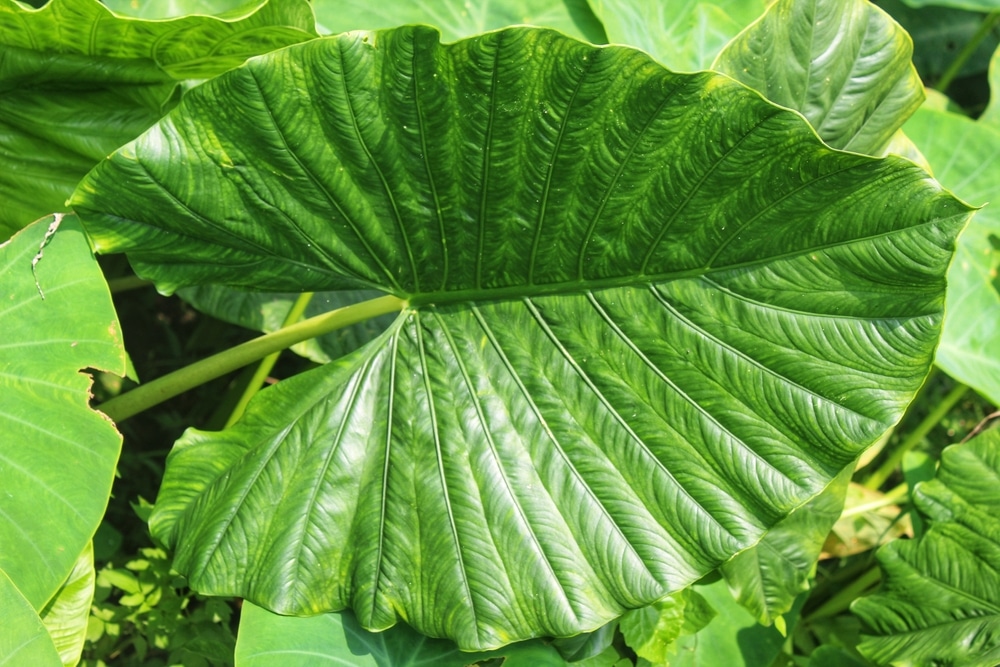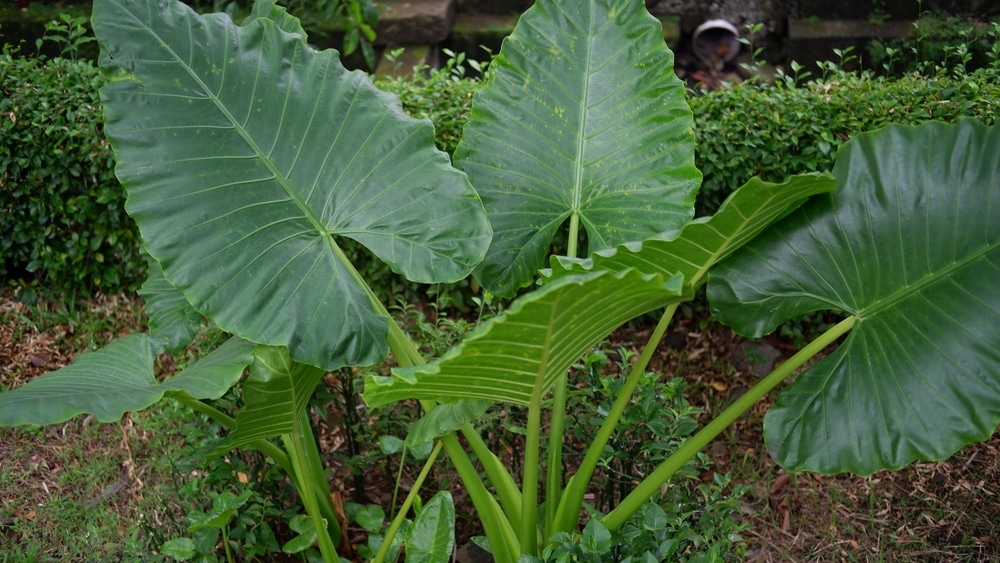The Alocasia Odora can be a beautiful and environmentally sustainable addition to any and all homes that can provide it with a suitable environment. Even though this plant is pretty popular and not particularly difficult to come across, it does have a few more particular preferences that you may not have known. So, here is everything you need to know about the Alocasia Odora and how to care for it.
| Botanical Name | Alocasia Odora |
| Common Name | Night scented lily |
| Plant Type | Perennial |
| Flower Color | Not applicable as this plant does not produce flowers |
| Size When Mature | Approximately 48 to 96 inches in height |
| Bloom Time | Late spring to early or in some rare occasions late summer |
| Sun Requirements | Prefers partial shade but is also capable of tolerating full shade |
| USDA Hardiness Zones | 7 to 11 |
| Soil PH Range | 5.5 to 6.5 |
| Soil Type | Moist but well draining, preferably acidic |
| Water Needs | High |
| Native Area | Southern and east Asia |
What you Need to Know About Alocasia Odora
The Alocasia Odora is a pretty popular flowering plant that is known to be native to east and southern Asia. An interesting fact about this plant is that it is actually quite often used as medicine to treat colds in certain parts of Vietnam.
How to Care for Alocasia Odora
Here’s everything you need to know about growing and caring for a thriving Alocasia Odora plant
Light
When growing an Alocasia Odora plant indoors it is best that you provide it with bright but indirect light. This is because the plant’s natural habitat is actually on the forest floor beneath the canopy of trees therefore it’s more sensitive to direct sunlight.
In addition to this, if you do place the Alocasia Odora plant in direct sunlight its leaves are likely to get damaged and burnt. Therefore, it is best to put your alocasia in a spot where it can receive at least some partial shade.
Water and Soil Needs
The Alocasia Odora plant is a very water loving plant that requires being kept damp all year round. That being said, you should always be careful with just how much water you provide for this plant. It is essential that you allow the soil to remain moist while also making sure that it isn’t overly wet and putting the plant in danger of getting wet and soggy roots.
Speaking of soil, your Alocasia Odora plant will be able to properly flourish when it is placed in soil that has a pH ranging from 5.5. to 6.5 and is moist but well draining.
On the opposite side of the spectrum, your Alocasia Odora plant can also get damaged if the soil is too dry. Even though the Alocasia Odora can survive a few days with inadequate water supply, underwatering it in the long term could cause it to begin drying out and dying.
Because of how picky this plant is with its water requirements it is recommended that you water it on a daily basis. Furthermore, the Alocasia Odora plant does best when it is either half submerged into a bond or placed in a wicking bed.
Temperature Requirements

Furthermore, if the temperature of the environment in which the Alocasia Odora is placed drops below 60 degrees in Fahrenheit it is in danger of dying. Because of this, during the winter season certain varieties of the Alocasia Odora will actually die down and then re-sprout from the rhizome once the weather starts to warm up again.
In addition to this, the Alocasia Odora can’t handle strong gusts of wind or chilly air in general. Therefore, it is best to keep it away from any and all drafty windows and doors so as to not accidentally harm it.
Fertilizer
The best fertilizer to use on an Alocasia Odora plant is all purpose fertilizer (20-20-20). Alocasia Odora plants, especially large varieties of it, are actually quite a heavy feeder so it is best that you nourish them with a liquid fertilizer.
This fertilizer should be diluted to approximately fifty percent of the concentration that is recommended. This should be enough to encourage the plant to continue flourishing.
In addition to this, you should only fertilize your Alocasia Odora plant during its blooming season and allow it time to rest and recover during the winter.
Common Diseases
The Wintergreen Alocasia Odora plant, like most other perennial indoor plants, could be affected by a few different diseases. Some of these include:
- Crown, stem and root rot – usually causes your plant to become stunted and can possibly stop it from being able to bloom or to produce new leaves
- Powdery mildew – forms quite visible white and powdery patches on the stems, leaves and, if applicable, flowers of your plant
- Leaf spot – makes tan or brown spotting occur, this will usually begin on the leaves of your plant but will then proceed to spread out throughout its entirety. Your Alocasia Odora might also begin to look stunted and wilted.
- Xanthomonas infection – causes miniscule spots, that are brown in color, to form on the veins of your plant’s leaves. After a time, the leaves will begin to curl into themselves and then die.
Alocasia Odora Propagation
It is recommended that you propagate your Alocasia Odora plant using the division method as it is known to be the most effective.
To proceed with this method effectively, simply separate the younger plants and tubers from the main, more aged ones and the mother plant after they start to bloom in the late spring or late summer.
Once you’ve done that make sure to plant them straight away. It is preferable that you plant them in a nice and warm environment that receives plenty of bright but indirect sunlight. Proceed to water regularly as they begin to develop.
Alocasia Odora Care – Final thoughts:
Overall, the Alocasia Odora is a great if not somewhat particular and difficult to take care of plant. If you are able to take all of the above recommendations into consideration and can thoroughly look after this picky plant then you are sure to have a gorgeous new addition to your home!
Related article: Alocasia Melo

